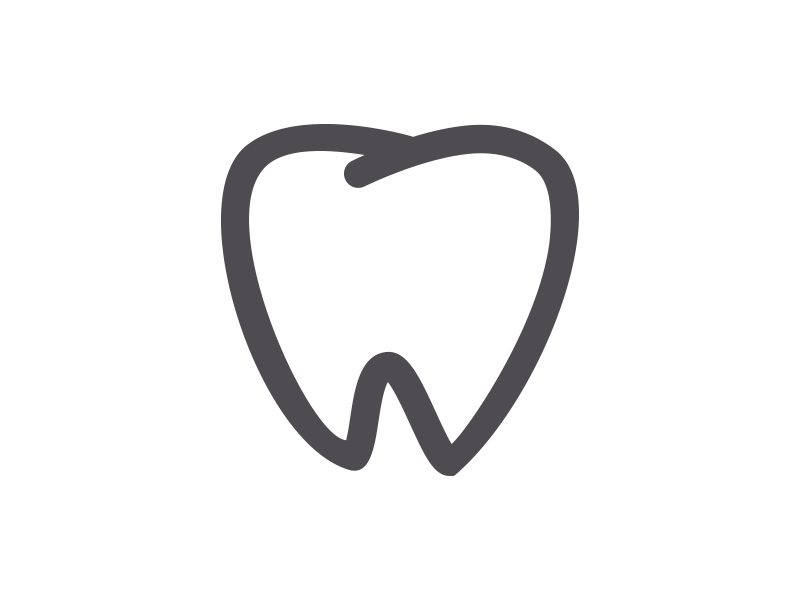Bridge
Bridge
What is a Bridge?
A bridge is a dental restoration that fills the space where one or more teeth are missing. The bridge restores your bite and helps keep the natural shape of your face. Before you get a bridge, your dentist wants you to know more about the steps involved. He or she can advise which type of bridge is best for you.
Why Do I Need a Bridge?
A missing tooth is a serious matter. Teeth are made to work together. When you lose a tooth, the nearby teeth may tilt or drift into the empty space. The teeth in the opposite jaw may also shift up or down toward the space. This can affect your bite and place more stress on your teeth and jaw joints, possibly causing pain.
Teeth that have tipped or drifted are also harder to clean. This puts them at a higher risk for tooth decay and gum disease.
When a tooth is missing, the bone may shrink. If that happens, it may change the way the jawbone supports the lips and cheeks. Over time, this can make your face look different.
 Position of teeth immediately after a tooth is lost |
 If the tooth is not replaced, other teeth can drift out of position and change the bite. Shifting teeth can possibly lead to tooth decay and gum disease. |
How is a Bridge Placed?
Placing a bridge usually takes more than one dental visit. On your first visit, your dentist prepares the teeth on either side of the gap. The bridge will later be attached to these teeth. When talking about bridges, your dentist may use these terms:
• Pontic: the replacement for your missing tooth
• Crown: a “cap” that covers the attachment tooth
Your dentist then takes an impression of your teeth and the space and sends the impression to a dental laboratory. Technicians at the lab make the bridge. Your dentist will place a temporary bridge to protect your exposed teeth while you are waiting for the permanent one.
The bridge is then fixed, or cemented, to the prepared teeth. This type of bridge is permanent and cannot be taken out of your mouth without a dentist’s help. During one or more follow-up visits, the bridge is fitted, adjusted and cemented in place.
Bridge Placement

Before the bridge, teeth are shown with the space where a tooth has been lost.
|

Teeth next to the gap are prepared for placement of the bridge.
|

The custom-made bridge is placed over the prepared teeth.
|

The bridge is cemented into place.
|
Do I Need Implants?
Dental implants may be used to support a bridge when several teeth are missing. Implants are posts that are surgically placed into the jaw. The implants fuse to the jawbone to act as a base for the bridge. A key benefit of implants is that they don’t need support from the surrounding teeth.
Because surgery is required, candidates for dental implants should have good general health and enough bone to support an implant. For some patients, implants help preserve the bone where teeth have been lost. Implants can be placed in one day or may require multiple visits, depending on your dentist’s treatment plan for you.
Implant-Supported Bridge

Missing teeth
|

A bridge is placed on implants
|

After the bridge is placed
|
What Materials Are Used in a Bridge?
Bridges are made from metal, ceramics or a combination. Ceramics often are bonded to a metal alloy. Your dentist will talk about the materials that are best for you and your mouth.
Caring for Your Bridge
A bridge can lose its support if the surrounding teeth or jawbone holding the bridge are damaged by dental disease. Follow these tips for good oral health:
• Brush twice a day and floss or use another between-the-teeth cleaner. Brushing and cleaning between the teeth helps remove plaque, a sticky film containing bacteria. Always clean between your teeth and under the bridge. There are many kinds of flossers, picks or little brushes-ask your dentist what type will work well with your bridge.
• See your dentist regularly for exams and professional cleanings.
• Eat a balanced diet for good health.
• Look for oral care products that have the ADA Seal of Acceptance. Products that display the Seal have met the American Dental Association’s standards for safety and effectiveness.
Patient education content ©2016 American Dental Association. All rights reserved. “ADA” and the “ADA” Logo are registered trademarks of the American Dental Association.













